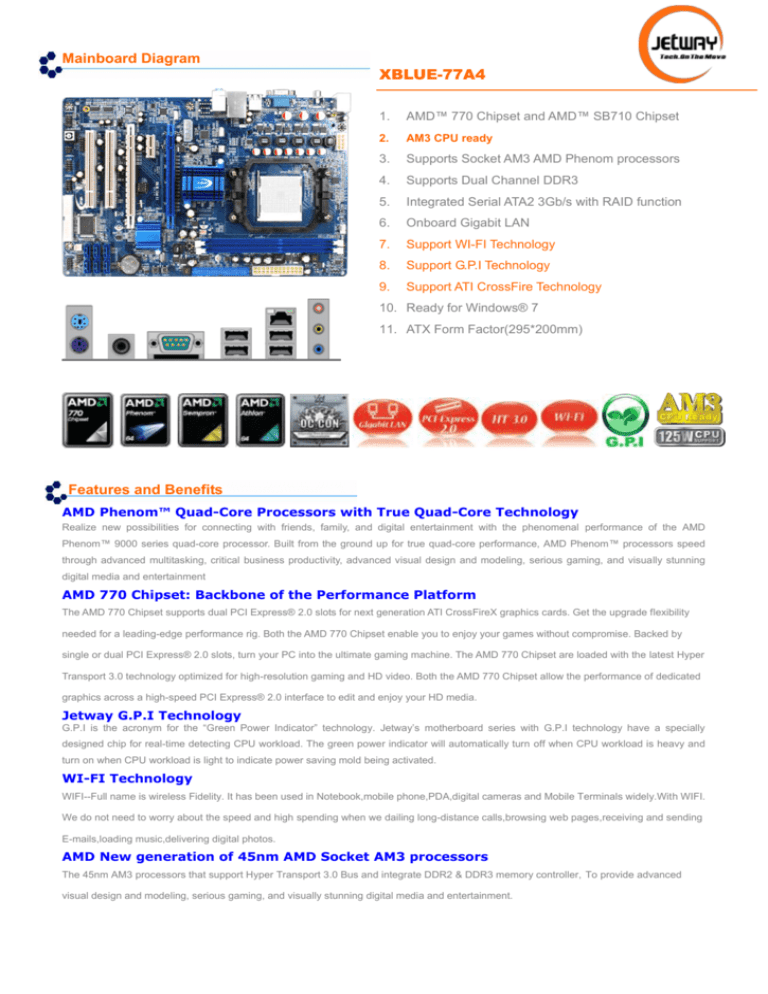

The system was having windows installer errors, giving messages about video memory and such. That failed so he has a geforce 6200 + 8400. This is the motherboard in it: MSI K9N6PGM2-V2Īt first he had the shop try to get a 3 monitor setup off of the onboard + one video card. My dad got someone else to make him a system and it often locks up, screens go black and such, sometimes requiring a reboot. It may seem revolutionary compared to the P4, but it’s just a Yonah on steroids really, it’s the P4 that’s the oddball mutant revolution (that went nowhere).I've put together a couple systems a few years back but am kind of lost to do on this one. While Intel went off on that detour (and dead end), the old line continued to evolve off to the side as the Pentium M, only to return to center stage as Core2.


Among recent x86 architectures I’d argue the only really “revolutionary” design (in the sense of a radical departure from its antecedents) was Netburst. Sure, there are a lot of innovations in the details, but both ICM and Barcelona can trace an obvious lineage back through various precursors to the Pentium Pro. Maybe all we are really talking about is integration of some chipset functions like graphics and audio.Īt the risk of getting into one of those endless (and pointless) semantic nitpickfests, I’d disagree that the ICM was “revolutionary” - it was an evolutionary step (mostly a widening) from Yonah, which itself was a clear evolution from the P6 architecture. But it remains to be seen how many niches will be big enough to justify an application-specific CPU design, considering growing costs in all stages of processor lifecycle. Now, of course, everyone is talking about asymmetric designs – and this will indeed be a revolution, if it really happens.ĪMD seems to believe that it will be able to offer a lot of designs simultaneously targeting specific market niches. Most radical design changes will benefit only a small fraction of applications and as a result will not be cost-effective. The current business model is to make one design for all markets and sell huge numbers of chips. It is the nature of CPU to be evolutionary. You could argue that even Netburst was basically a logical evolutionary step in the direction of deeper pipelines. What kind of revolution do you expect? Itanium was probably the last really revolutionary design because of its static scheduling.


 0 kommentar(er)
0 kommentar(er)
